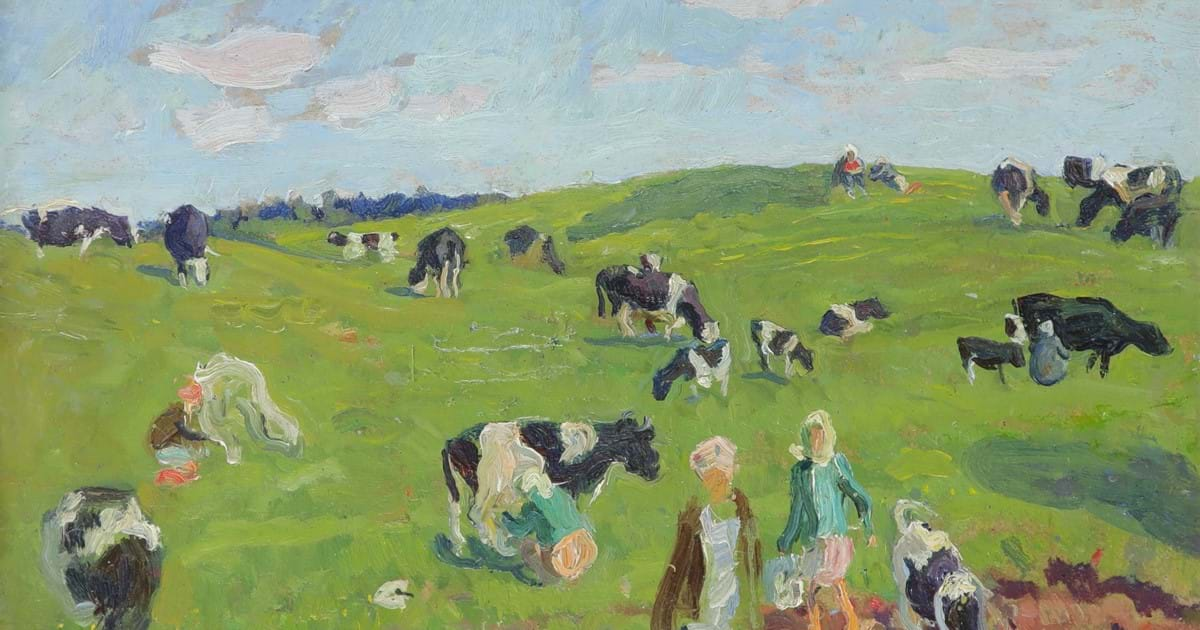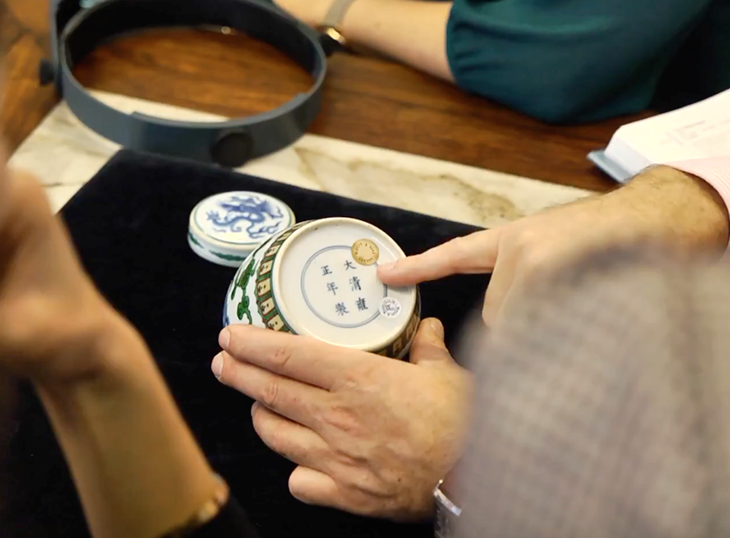Post-Stalinist Art - A Private Collection
4th December 2019A private collection of Russian art included in the sale on 11th December is drawing attention to artists whose background has left them unrecognised.
Many of the 33 artworks being sold in the Modern British and 20th Century Art sale come from an era known in Russian culture as the “Kruschev Thaw” – a period following the death of Josef Stalin in 1953 when repression and censorship in the Soviet Union relaxed, freedom of movement and information improved and cultural reform was encouraged.
“Before, during and after the Second World War there were strict regulations regarding Soviet culture,” explained Paintings specialist, Victor Fauvelle, “so Russian art experienced a huge blossoming once those restrictions were lifted. A lot of artists were inspired by earlier French art, which they had previously been denied access to, and so you see a lot of influence from the Impressionists and Post-Impressionists at this time.”
Examples of this included in the sale are works by Sergei Petrovich Tkachev (b.1922) whose oil painting of cows in pasture could just as easily have been painted in the south of France, while works by artists including Igor Pavlovich Obrosov and Phikret Mamedovich Kashimov demonstrate the so-called ‘Severe’ style that emerged during the 1960s, which focused on the grim reality of Russian poverty and kicked against years of positive propaganda.
More traditional works by artists such as Sergei Nikolaevich Andriyaka and Igor Nikolaevich Avramenko are illustrated in a key publication titled Beyond the Boundaries of Socialist Realism, and are good examples of the later offerings from a movement that started under Stalin’s influence in 1932. Their inclusion provides the juxtaposition between the different styles and demonstrates what certain artists tried to overcome while leaving the shadow of wartime communism behind them.
“As a whole this collection shines a much-needed spotlight on undervalued and largely recognisable talent,” said Fauvelle. “Some of the works here are easily equal to those produced by more established Continental artists, but these painters have not had the same exposure. I hope that we will see a real growth in the market for this type of work and I’m delighted that we are able to showcase these artists here in Salisbury.”
Estimates on the collection range from £100 to £20,000.







